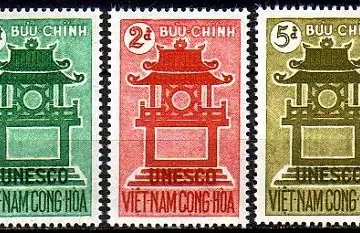Mumbai: The Heartbeat of India’s Financial Landscape

Introduction
Mumbai, often referred to as the city of dreams, is India’s most populous city and serves as the financial capital of the country. With a population exceeding 20 million, Mumbai stands at the forefront of economic activity, cultural diversity, and innovation. Its significance extends beyond being a mere metropolis—Mumbai embodies the spirit of contemporary India, making it a focal point for discussions on urban development, economic growth, and cultural fusion.
Economic Powerhouse
The economic landscape of Mumbai is marked by its vibrant industries and services sector. As of 2023, Mumbai contributes about 6.16% to India’s GDP, reinforcing its status as the financial hub of the country. Key financial institutions, including the Reserve Bank of India and Bombay Stock Exchange, are headquartered in Mumbai, accentuating its role in national and international finance. The city houses over 30% of India’s millionaires and billionaires, further underlining its economic significance.
Cultural Diversity
Mumbai is a melting pot of cultures, languages, and traditions. The city’s population is a mix of various ethnicities, including Maharashtrians, Gujaratis, Sindhis, and South Indians, among others. This cultural amalgamation is evident in the city’s cuisine, festivals, and art forms. The Mumbai film industry, popularly known as Bollywood, produces more films annually than any other city in the world, contributing to the city’s cultural landscape and making it a major center for entertainment.
Challenges and Resilience
Despite its numerous advantages, Mumbai faces significant challenges, such as overcrowding, inadequate infrastructure, and a widening gap between the wealthy and the poor. The COVID-19 pandemic further exacerbated these issues, leading to economic setbacks and impacting the livelihoods of millions. However, the resilience of Mumbaikar’s has been commendable, with communities coming together to support those affected and working towards rebuilding the city’s economy.
Conclusion
Looking ahead, Mumbai’s role as an economic, cultural, and social leader is expected to expand. With the government’s push towards sustainable development, initiatives like the Mumbai Coastal Road and the bullet train project from Mumbai to Ahmedabad are set to transform the city’s infrastructure. As Mumbai continues to evolve, it will undoubtedly remain a symbol of opportunity, resilience, and diversity in India, further establishing its standing on the global stage.









